Research
Research
Here's how we're changing the way we see the Universe.
Imaging Techniques
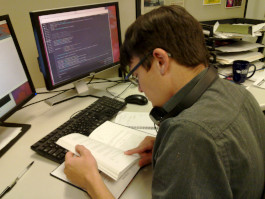 Much of the work we do involves high resolution imaging under sparse and noisy conditions, such as that found in optical interferometry. Part of our work involves developing new techniques for this. Another part is applying these methods to different topics, such as those described elsewhere on this page.
Much of the work we do involves high resolution imaging under sparse and noisy conditions, such as that found in optical interferometry. Part of our work involves developing new techniques for this. Another part is applying these methods to different topics, such as those described elsewhere on this page.
Near Earth Sensing
![]() It can be difficult to find and analyze small stuff close to Earth...but let's try to do it!
It can be difficult to find and analyze small stuff close to Earth...but let's try to do it!
Red Supergiants
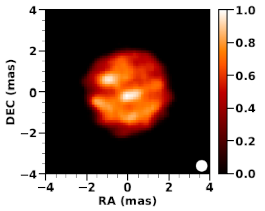 Can we image their evolving convection cells? What are the mechanisms driving mass-loss? We're using optical interferometry to help answer these questions.
Can we image their evolving convection cells? What are the mechanisms driving mass-loss? We're using optical interferometry to help answer these questions.
Interacting binaries
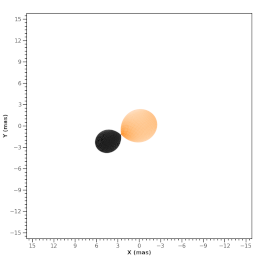 Symbiotic stars are interacting binaries consisting of a large cool object like a red giant, and a compact object like a white dwarf or neutron star. We're using photometry, spectroscopy, and optical interferometry to study how mass is transferred in these systems.
Symbiotic stars are interacting binaries consisting of a large cool object like a red giant, and a compact object like a white dwarf or neutron star. We're using photometry, spectroscopy, and optical interferometry to study how mass is transferred in these systems.
Compact Objects
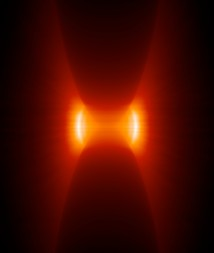 Black hole environments and active galactic nuclei can be imaged too. The Magadalena Ridge Observatory Interferometer will be able to study the broad line emission regions and dust tori of over 100 AGN.
Black hole environments and active galactic nuclei can be imaged too. The Magadalena Ridge Observatory Interferometer will be able to study the broad line emission regions and dust tori of over 100 AGN.
Magdalena Ridge Observatory Interferometer
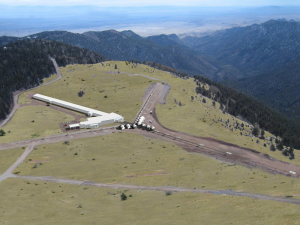 We're helping with the preparation for the next generation interferometer MROI. We are developing instrument data reduction pipelines, planning science cases, and developing novel imaging techniques.
We're helping with the preparation for the next generation interferometer MROI. We are developing instrument data reduction pipelines, planning science cases, and developing novel imaging techniques.